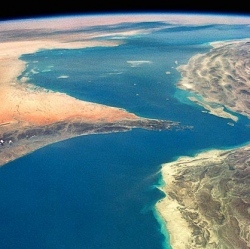
Google, SpaceX, and Facebook should accelerate Internet and cellular availability to the remaining 4 billion people via high altitude planes, balloons, and satellites are underway. Google is also providing free Wi-fi from bus stops and train stations on a global basis.
Instead of connecting an addition 600 million people by 2019, successful Google Loon and internet drones and free Wifi from public locations and $10 smartphones could enable 2-3 billion more people to get internet coverage. There would also be complete coverage and almost no deadzones in developed countries.
Google believes it is on course to have enough internet-beaming balloons in the stratosphere to form a ring over part of the world next year. Google will move would let it trial a continuous data service to people living below the balloons’ path. The declaration coincides with the announcement that three of Indonesia’s mobile networks intend to start testing Project Loon’s transmissions in 2016.
Loon will get 10 megabits a second to connected devices via antennae on the ground. For comparison’s sake, the average 4G connection in the UK is 15Mbit/sec.
"Over the next five years global growth in the number of people accessing the Internet exclusively through mobile devices will grow by more than 25% per year while the amount of time we spend on them continues to grow. This change in the way we access the Internet is fueling explosive growth in mobile commerce and mobile advertising," said Scott Strawn , Program Director, Strategic Advisory Service.
Measuring what Internet users are doing online shows that many activities are enjoyed by billions of people. For example, more than a billion people use the Internet to bank online, to stream music, and to find a job. More than two billion use email and read news online. And more people than ever before are making purchases online.
In 2015, more than $100 billion will be spent online on each of the following categories: travel, books, CDs and DVDs, downloading apps, and online classes. These purchases are enabled by online payment platforms that are making payments, online and off, easier and more secure.
